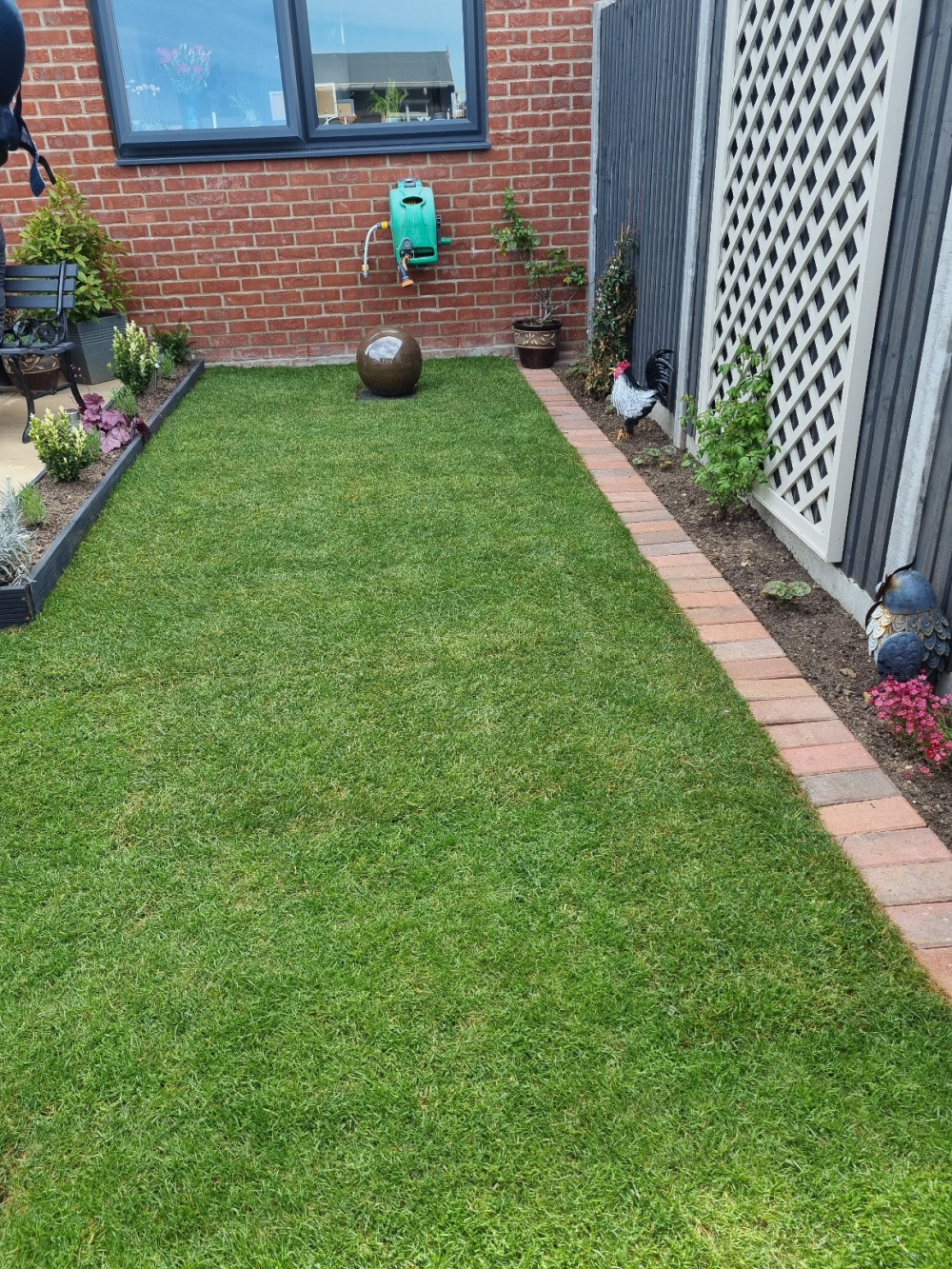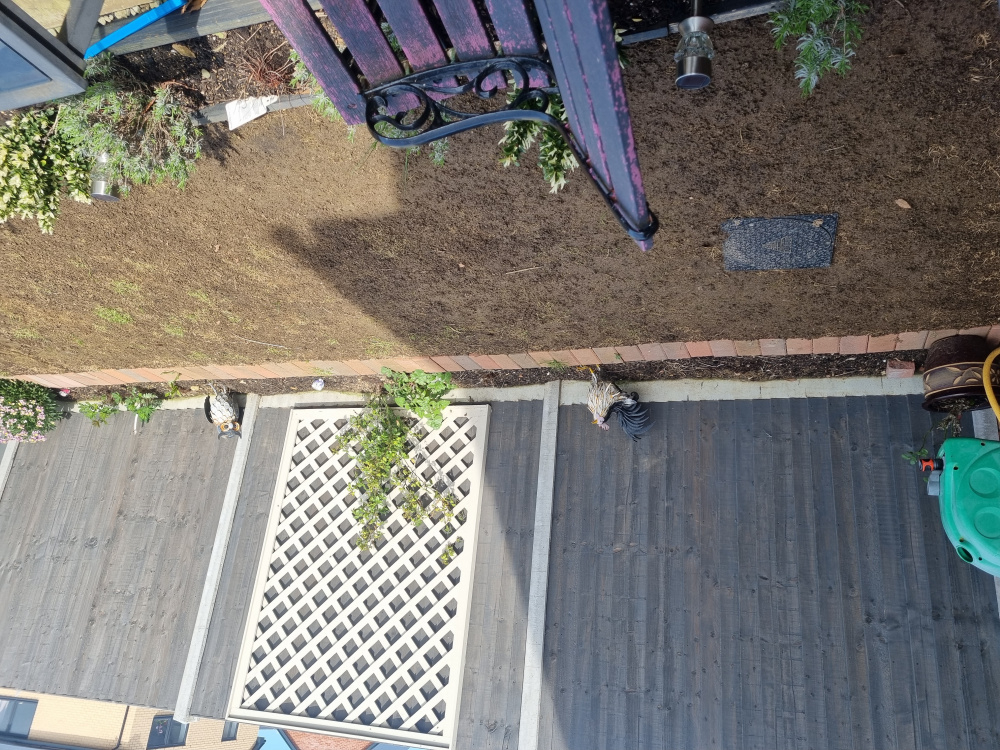This Forum will close on Wednesday 27 March, 2024. Please refer to the announcement on the Discussions page for further detail.
My lawn
Hi
We moved into our new house and laid new turf in spring 2022 a good quality turf too.
We kept it waterd during the hot summer in fact it was so green you proberbly could see it from space. Using left over water from Bath or washing up and a watering can (no chemicles)
But during late September and October we noticed crane fly larvae abd with in a few weeks our lawn was completely decimated.
Can anyone give me some idea what to do now.
 l thank you
l thank you
We moved into our new house and laid new turf in spring 2022 a good quality turf too.
We kept it waterd during the hot summer in fact it was so green you proberbly could see it from space. Using left over water from Bath or washing up and a watering can (no chemicles)
But during late September and October we noticed crane fly larvae abd with in a few weeks our lawn was completely decimated.
Can anyone give me some idea what to do now.

 l thank you
l thank you 0
Posts
If you think that your bath and washing-up water have no chemicals you are wrong. Or have the wrong definition of " chemical".
And this time round, you haven't mentioned your heavy-handed application of fretiliser/weed killer.
"Have nothing in your garden that you don't know to be useful, or believe to be beautiful."
Like you I think it's crane fly larvae, I've sprinkled nematodes for leatherjackets on the lawn this weekend. I know I'll have to repeat it again in the autumn.
It's pricy, I got mine cheaper from Amazon. https://www.nematodesdirect.co.uk/12-leatherjacket-killer-nematodes?gclid=CjwKCAjwue6hBhBVEiwA9YTx8GUwoeVM6Q3qyuG8vmmib-O6PXuhkFdYpctM5qjjSSi1oVLEYIzC_BoCez8QAvD_BwE
Cambridgeshire/Norfolk border.
It look like a bit late now from your 2nd picture, but they’ll most likely be the little b’s that’s done that.
If you're not sure it's crane fly larvae, don't waste your time amd money on nematodes.
Do you self-medicate? Have you noticed a difference? Get the diagnosis right first.
"Have nothing in your garden that you don't know to be useful, or believe to be beautiful."
Regular mowing, even if your lawn doesn’t need mowing will remove any eggs that cranefly have laid. Encourage birds into your garden. Natural predator.